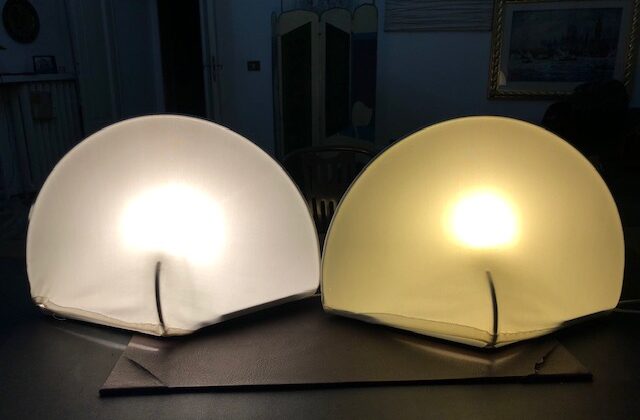Nash : till dead carbonized collapsing trees and grounds covered by masses of dead humans
By Francesco Carelli – MSc
Paul Nash’s works are on exhibition at Tate Britain. Being one of the most important artists with evocative landscapes, he is best known as an official war artist, not to say that he was a pioneer of modernism, promoting the avant-garde European styles of Abstraction and Surrealism.
In 1917, Nash arrived on the battlefields of Ypres Salient and, initially, he wrote that he was excited as a schoolboy and thought the landscape as the one he was used, similar just the same as in Sussex. His first impressions were captured by the beautiful continuity of nature, also mixed with the bombed and battered countryside, So, at the beginning, he used his bright, colourful palette for a countryside ignoring the war, as undisturbed.
But just in three months, Nash felt injured because falling into a trench under attacks, invalidating him so to be sent back to England. Just a week later his division was just totally destroyed, it was in the infamous Battle of Hill 60 ( one of destructive battles for little hills called by numbers….).
Coming back to France in 1918, he became officially a war artist. Nash happened to arrive in the area of the Battle of Passchendaele, ” the blindest slaughter of a blind war “and now his eyes were finally opened to the horrors of war. Now he began to change his vision, to see another kind of nature and landscape, he saw all the outrage done, the waist of life, its total violation.
So, now landscapes were going always to show a nature not so much alive, really the opposite, with dead carbonized collapsing trees and grounds covered by masses of dead humans, not to say from which country were coming from. To do this, he used the most adaptable style of the period: the avant-garde styles of Cubism and Vorticism, being able to produce some of the most powerful landscapes, being at the same time terrifyingly realistic and visionary.
I find “ We are making a New World ” ( 1918 ) one of the most significative and impressive in this sense. The drawing shows a ground apparently looking a ground at first look but really made by masses of dead persons, as covered by snow or putrefying. In vertical there appears a series as dead carbonised collapsing trees ..but really some still show the fingers of hands, as crying for last help or showing metaphysically which kind of new nature was there, destroyed landscape and trees substituted by masses of human bones in horizontal and in vertical.
I believe this one of the most significative and terrific representations of what World War I an all wars represent, and how the human beings are sterminated as less than numbers and for what.
When Second World War started, fearing aerial bombs attacks, Nash and his wife left London and moved to Oxford. Nash was already getting worsening bad health, dominated by asthma he was suffering since childhood so leaving to dreams is fantasy about being able to fly, but able, working under the Air Ministry, to create an Art Bureau, putting together artists, architects, musicians and writers.
So, his last years ( he died in 1946 ) were spent to photograph and study English and German airplanes, so fascinated he called them ” enchanting monsters ” …and these metals became animated seas, were we see ( or imagine ) rising crests and breaking waves, into a new Surrealistic frame.



